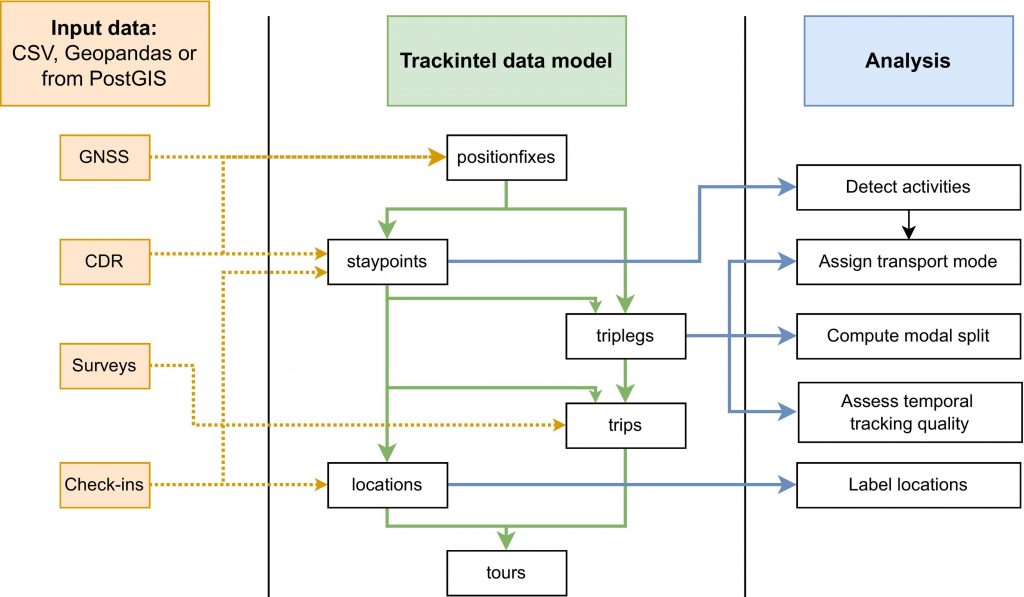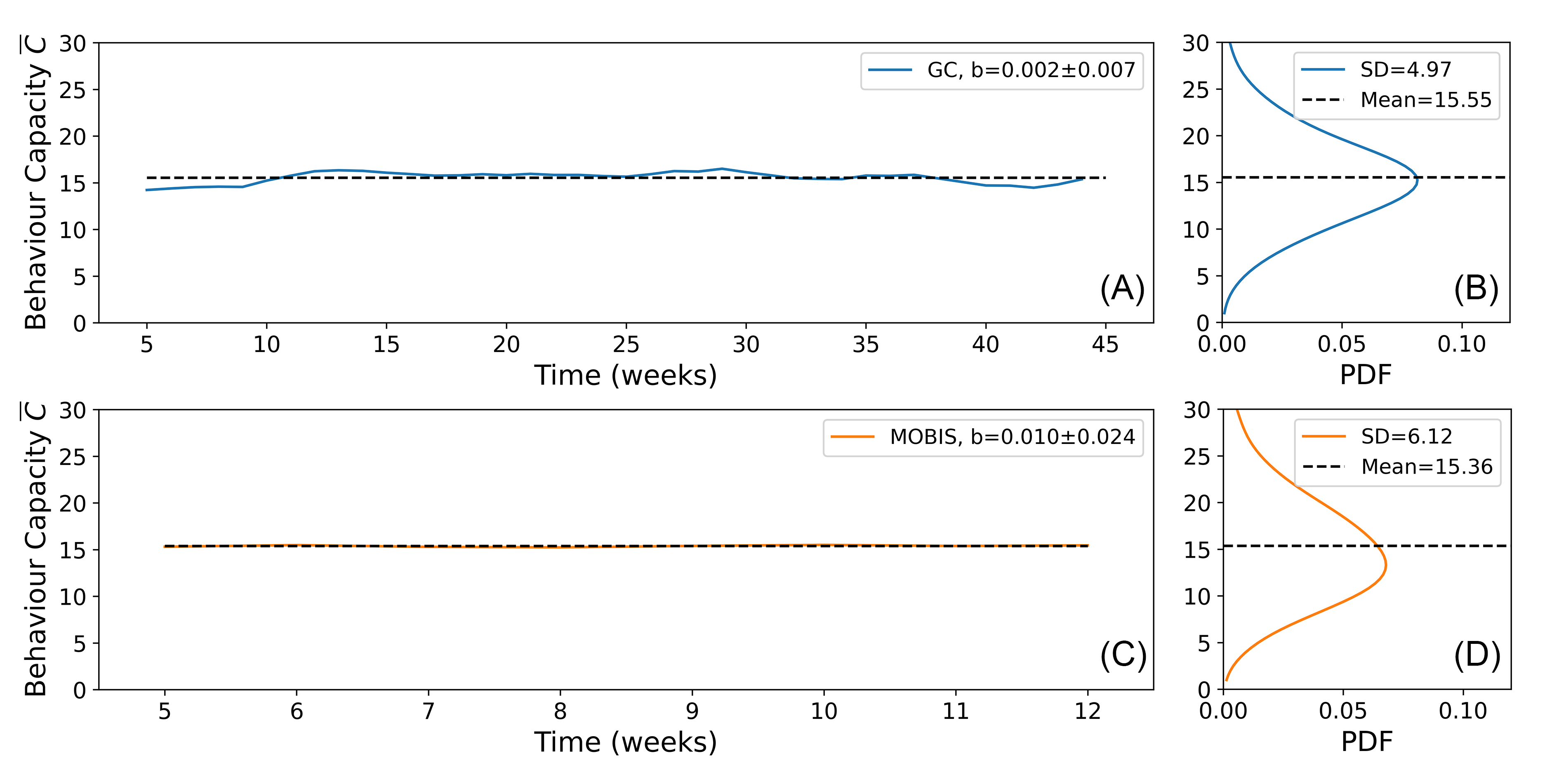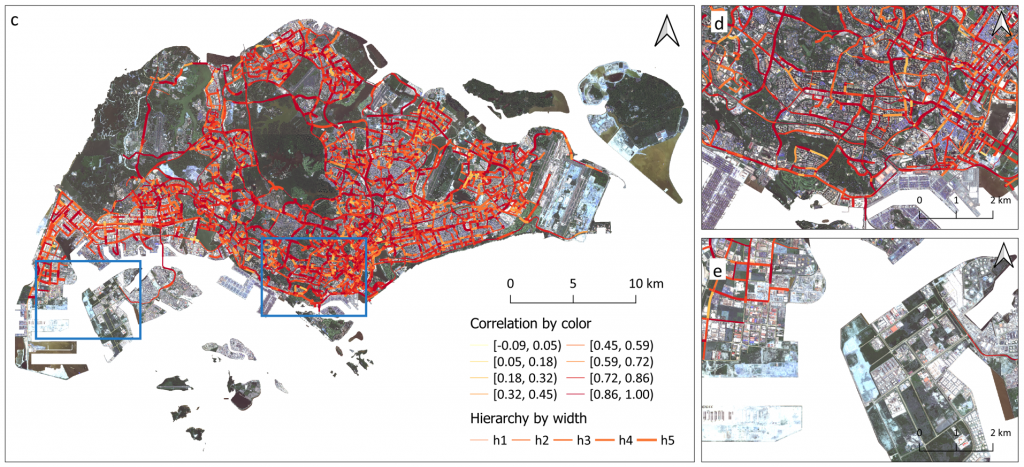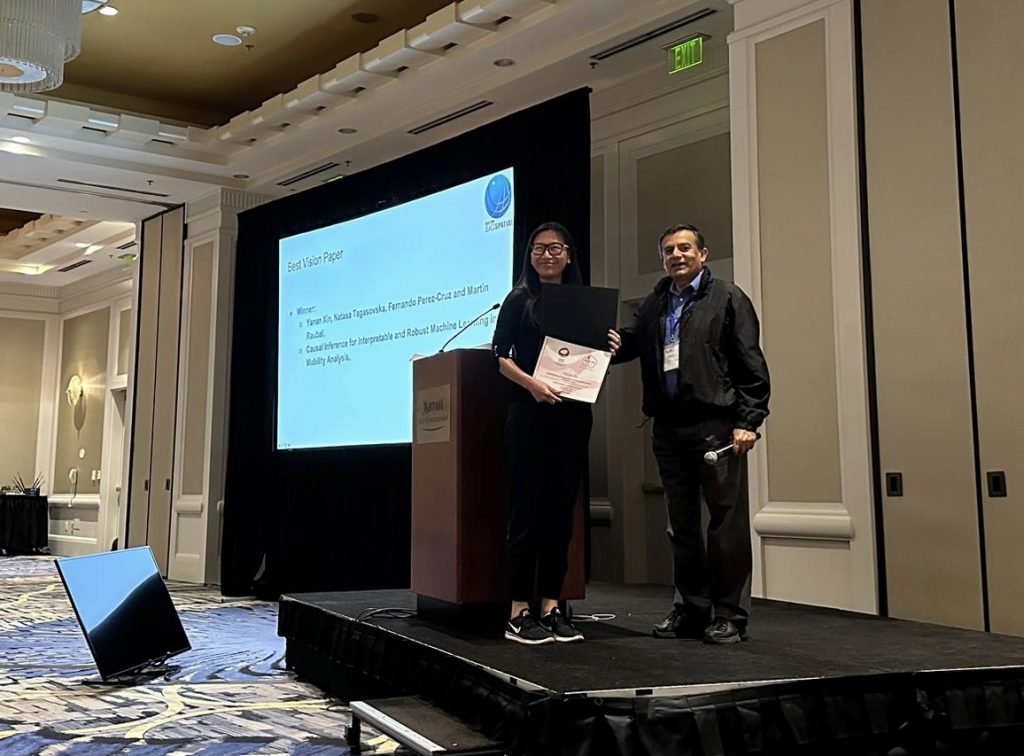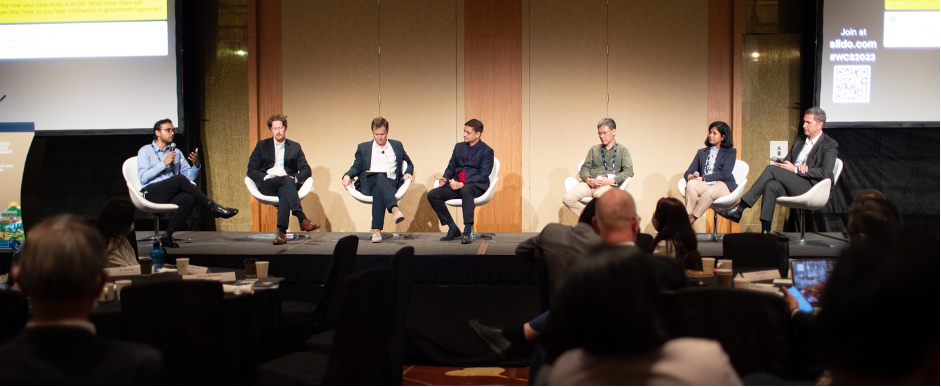Over the past years, MIE lab has been developing an open-source Python library for analyzing human mobility data. Trackintel provides a standardized pipeline for loading, preprocessing, and analyzing tracking data, as shown in the graphic below. In the paper titled “Trackintel: An open-source Python library for human mobility analysis”, we describe the functionality of the library and demonstrate it in a case study on several datasets.
The paper is available open-access.
